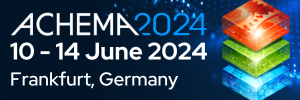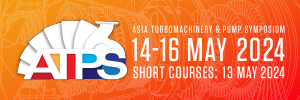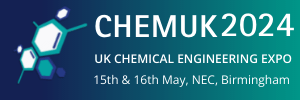Ramboll to carry out two concept studies to facilitate ‘the Baltic Pipe’
Danish engineering, design and consultancy company Ramboll is performing two concept studies in order to “facilitate the future continuation of the Baltic Pipe”.
Recognised as one of the EU’s projects of common interest (PCI), the completed Baltic Pipe would connect the gas infrastructure of Poland and Denmark. The aim of the project is to strengthen the EU’s internal gas market by creating a new supply corridor across the Baltic Sea.
Ramboll is acting as the technical advisor for the Baltic Pipe project. In 2016, the company finalised a feasibility study on the project, as well as the EPII terminal feasibility study in February 2017. One of the new concept studies will focus on the EPII gas receiving terminal at Nybro, Sweden, the other will look at the subsea pipeline connecting the Danish and Polish transmission systems in the Baltic Sea.
The concept study for the new EPII gas receiving terminal at Nybro is part of a tie-in to the Norwegian transmission system. It will examine results from the feasibility study performed earlier in 2017 and further define details of the EPII gas receiving terminal at Nybro as well as prepare necessary documentation to obtain a firm project schedule, cost estimate and basis for the upcoming detailed engineering phase.
Meanwhile, the offshore concept study concerning the planned subsea pipeline from Denmark to Poland in the Baltic Sea will examine aspects such as pipeline route selection, quantitative risk assessment and mechanical design, crossing identification and agreements and preparation of survey specifications.
“Establishing the viability of the project is a significant step towards a common goal of providing affordable, secure and sustainable reliable energy among the citizens of the Nordic and Central Eastern European community,” said Sofie Leweson, Project Manager, Energinet, in a statement from Ramboll.
The Baltic Pipe Project aims to further strengthen supply diversification, market integration, price convergence and security of supply in primarily Poland and Denmark and secondarily in Sweden, Central and Eastern Europe (CEE) and the Baltic region. It is expected that by 2022, up to 10 billion cubic metres of gas per year will flow from the Norwegian gas system through Denmark, Poland and on to Eastern Europe.
















